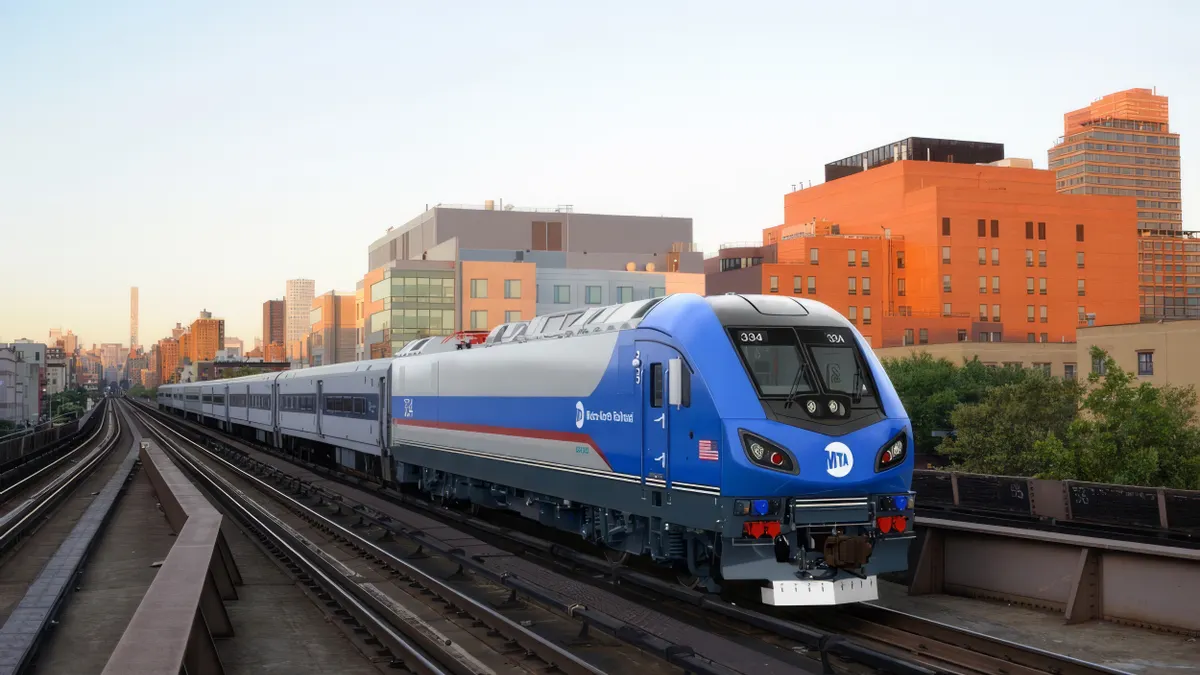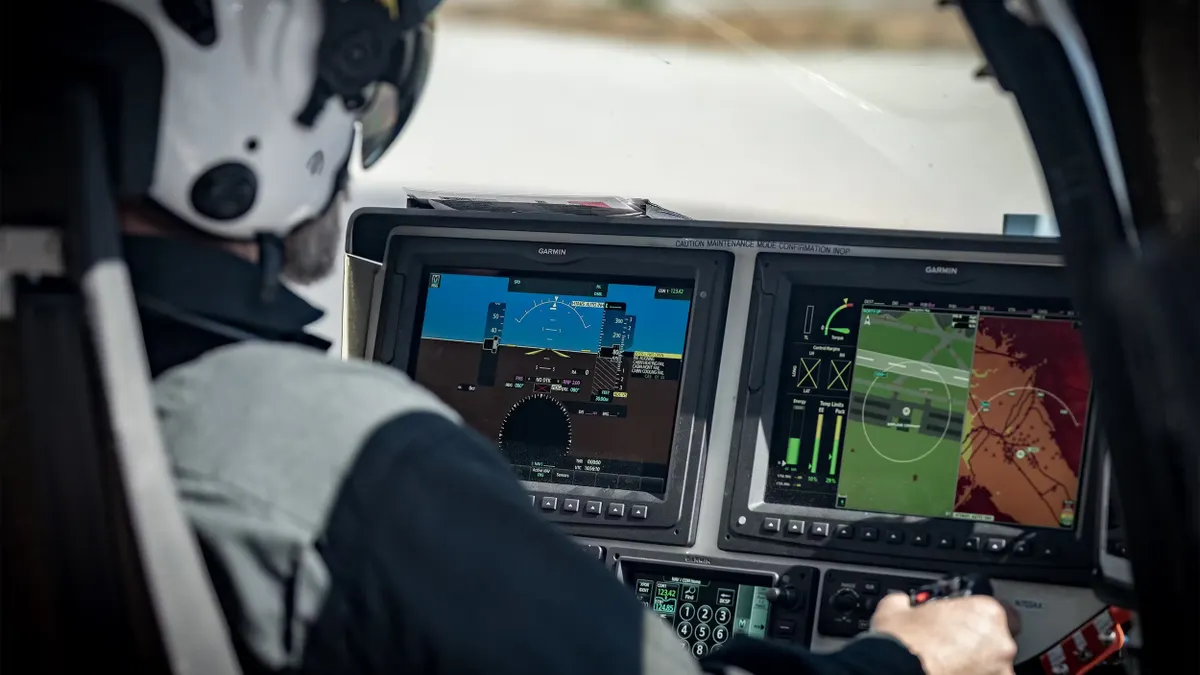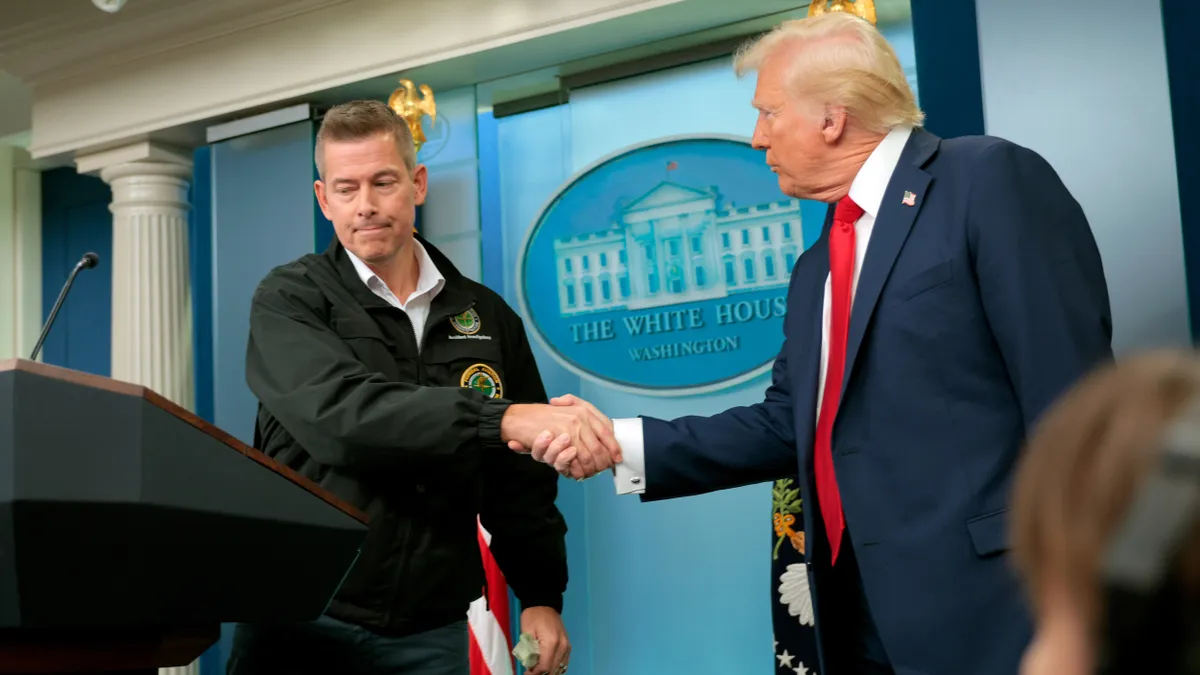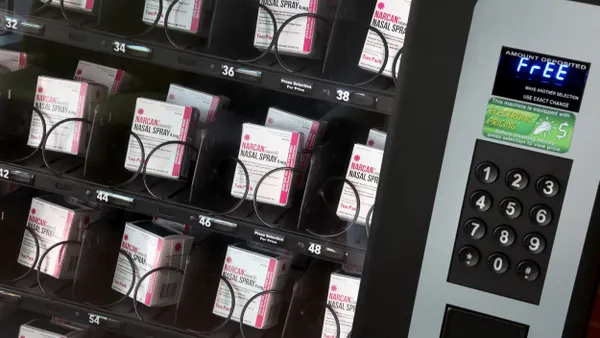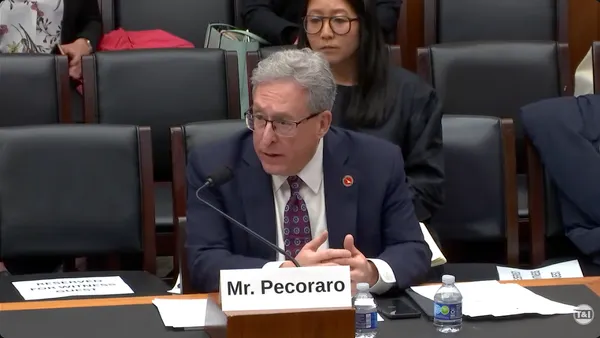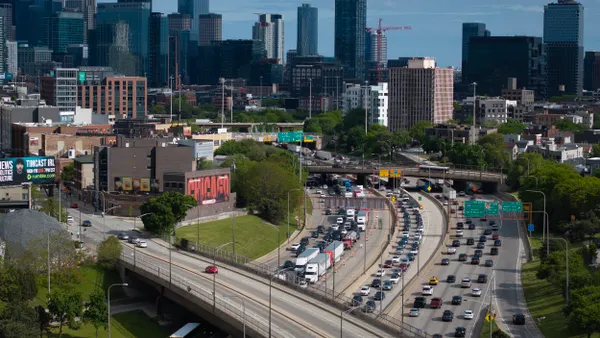Dive Brief:
- The New York Metropolitan Transportation Authority ordered 13 battery-electric passenger locomotives to serve trains on its Metro-North lines, marking the first use of the technology in North America.
- Siemens Mobility will manufacture the locomotives in its Sacramento, California, facility and expects they will go into service in 2029, the company’s interim CEO for North America, Tobias Bauer, said in an interview.
- The dual-mode locomotives, which can draw electric power from overhead wires and switch to battery power where those are not available, could avoid passengers having to change trains from Manhattan to some destinations in Connecticut, Bauer said.
Dive Insight:
Transit agencies in the U.S. are exploring alternatives to diesel-powered locomotives, which impact human health and the environment, and electric locomotives, which require expensive infrastructure such as overhead wires.
The Massachusetts Bay Transportation Authority; Caltrain, a commuter rail line that serves the San Francisco Peninsula; Southern California’s Metrolink system; and the Chicago-area Metra commuter railroad are planning for battery-electric or hydrogen-powered trains.
The Siemens battery-electric locomotive is an adaptation of its Charger locomotive, which is available powered either by diesel engines or external electric infrastructure. More than 400 such locomotives have been sold to date in North America.
The new battery-electric locomotive will seamlessly transition from overhead power to battery power. “The locomotive itself knows where it is and when it has to switch,” Bauer said.
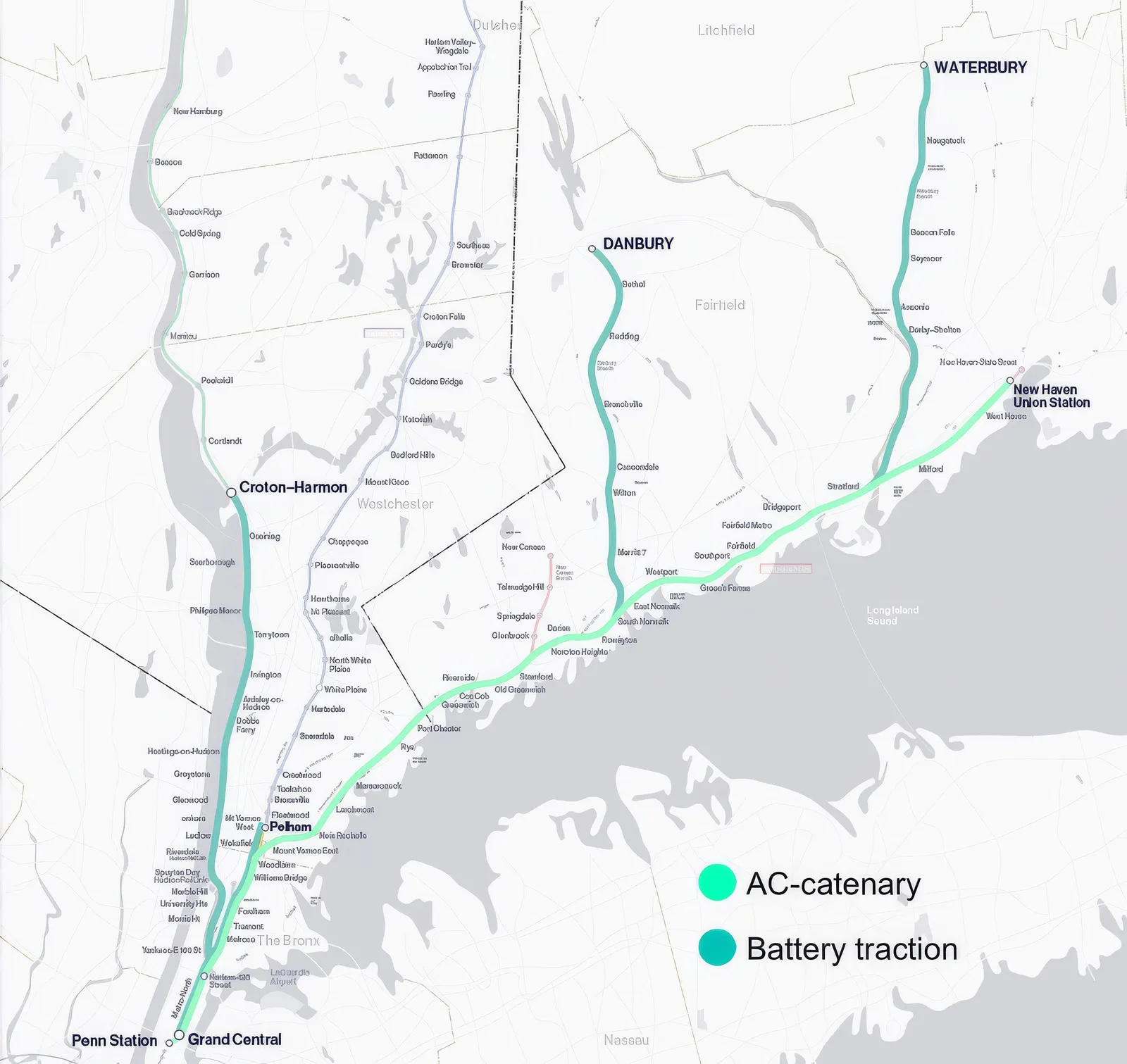
The MTA said the locomotives will bring trains from its New Haven, Connecticut, line to Penn Station, a project that includes four new train stations in the Bronx borough of New York City. “What better way to inaugurate this new service than with cutting edge battery-electric locomotives that will set a new standard for environmental friendliness and overall reliability?” Metro-North Railroad President Catherine Rinaldi said in a statement.
Siemens Mobility also provided a map that shows other destinations the battery-electric locomotive could serve, including Danbury and Waterbury, Connecticut, which are on non-electrified lines. Commuter trains from Croton-Harmon, New York, which now go to Grand Central Terminal in Manhattan, could also go to Penn Station using the battery-electric locomotives.
The battery-electric locomotives provide “a lot of flexibility,” Bauer said. The locomotives can operate up to 125 mph and run on battery power for up to 100 miles.
Correction: This story has been updated to correct Tobias Bauer’s title. He is Siemens’ interim CEO for North America.



